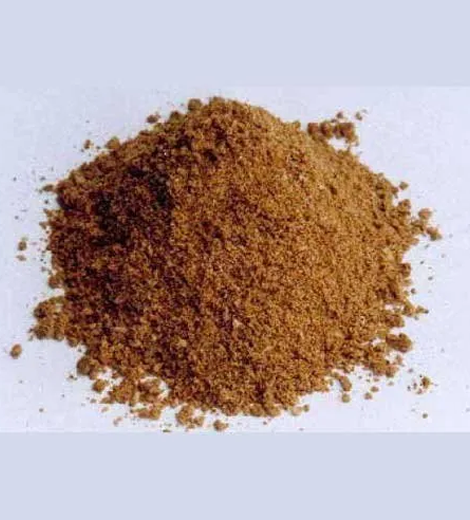
Meat Bone Meal
Meat bone meal is a type of animal byproduct meal made from the rendering of animal bones and meat tissues. It is commonly used in various applications, primarily as a source of protein and minerals, especially for animal nutrition.
Meat bone meal is produced through a rendering process, which involves cooking and grinding animal bones, meat trimmings, and other animal tissues at high temperatures.
The rendering process separates fat and moisture from the bones and tissues, leaving behind a dry, protein-rich powder, which is the meat bone meal.
Animal Feed: Meat bone meal is primarily used as an ingredient in animal feed, especially for livestock, poultry, and pets.
Livestock and Poultry: It is used in diets for cattle, swine, poultry, and other farm animals as a source of protein and essential minerals.
Pets: In pet food formulations, meat bone meal can be used to enhance protein content and provide important minerals.
Aquaculture: It is also utilized in aquaculture feeds, particularly for fish and shrimp.
Organic Fertilizer: In some cases, meat bone meal is used as an organic fertilizer for gardens and agriculture due to its nutrient content, particularly the phosphorus component.
Protein and Minerals: Meat bone meal is prized for its high protein content and mineral composition, especially calcium and phosphorus, which are essential for bone development and overall animal health.
Sustainability: Utilizing meat bone meal in animal feed helps reduce food waste by making use of animal byproducts that might otherwise go to waste.
Cost-Effective: It can be a cost-effective source of protein and minerals, especially in regions where it is readily available.
Protein: Meat bone meal is a valuable source of protein, typically containing around 50% to 60% protein content. This protein is rich in essential amino acids.
Minerals: It is also rich in essential minerals, particularly calcium and phosphorus. These minerals are important for bone health and overall growth.
Other Nutrients: Depending on the source materials and processing, meat bone meal may contain other nutrients like vitamins and trace minerals.
Fat: It may contain some residual fat, but the rendering process reduces the fat content significantly.
Quality Control: The quality of meat bone meal can vary based on the source materials and processing methods. Quality control is crucial to ensure safety and nutritional consistency.
Anti-Nutritional Factors: Care must be taken to remove any potential contaminants or anti-nutritional factors that could be present in the raw materials.
Regulations: The use of meat bone meal in animal feed is subject to regulations and guidelines in many countries to ensure safety and quality.
Meat Bone Meal is a protein-rich and mineral-rich byproduct of the rendering process, commonly used in animal nutrition, including livestock, poultry, pets, and aquaculture. Its high protein content and mineral composition make it a valuable ingredient for promoting growth and health in animals. Proper sourcing and quality control are essential to ensure its safety and nutritional consistency.
